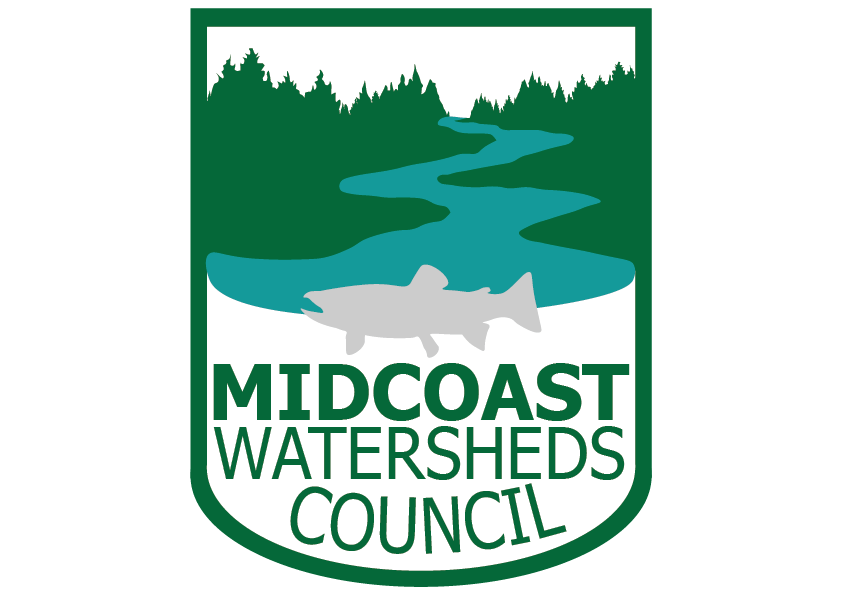Conserving and restoring natural systems for Climate Resliency
The most advanced and efficient solutions to climate change already exist: natural habitats. Be it forest lands, agricultural lands, grasslands or wetlands—improved land stewardship offers a powerful carbon storage method and provides tremendous opportunities to cut emissions, while also improving habitat for wildlife and fish.
The 2017 document Natural Climate Solutions by Griscom et al., the 2018 Oregon Global Warming Commission’s Forest Carbon Accounting Project Report, and the 2018 article carbon storage and biodiversity in reforested riparian zones by Dybala et al. (all made accessible below) reinforce the urgency of conservation actions and the many options that may be pursued to help reduce our carbon emissions.
Lincoln County Climate Action Plan
Concerned citizens of Lincoln County collaborated on a plan for the county to be carbon neutral by 2035. According to polls, 75% of respondents supported the plan appearing on the ballot. Click below to download the full plan. It may display incorrectly in certain formats.
Focused Investment Partnership (FIP)
The Oregon Central Coast Estuary Collaborative (OCCEC), a close Midcoast partner, aims to sustain a full complement of thriving native fish and wildlife populations, and support vibrant communities, through a network of healthy and resilient estuaries on Oregon’s central coast. Key to these efforts is the Focused Investment Partnership (FIP) which grants $7.8 million to estuary restoration efforts over 6 years, funding restoration and conservation projects at selected tidal wetlands in the Yaquina and Alsea estuaries.
Although estuaries cover a small area, the ecosystem services they provide make them extremely important. They contribute key habitat for a variety of fish and wildlife, particularly for salmon as they make the transition to salt water. Other estuary functions will become crucial in our changing climate and expected sea level rise; carbon sequestration, shading and cooling of water by vegetation, and support for existing systems such as the role of beavers in coastal resiliency being a few.
Over 150 years of human use, extensive diking, logging, and vegetation conversion have resulted in significant decreases in tidal marshes, forested tidal, and scrub-shrub wetlands. Forested tidal and scrub-shrub wetlands have only recently been recognized in scientific literature and estuary management as distinct and important habitats. Once the dominant wetland type, forested tidal wetlands have declined by an average of 95%. The loss of forested tidal and scrub-shrub wetland ecosystem functions has been understudied and need to be addressed in current estuary restoration efforts.
The FIP will allow OCCEC and partners to address estuary health and resiliency in three primary ways:
1. Tidal marsh restoration
2. Scrub-shrub and spruce swamp restoration
3. Restoration in current and future medium and high-level Landward Migration Zones (LMZ)
Tidal marsh restoration will include removing barriers to re-establish channels, planting and seeding to restore hydrology and sediment regimes, and installing large woody debris (LWD). Scrub-shrub and spruce swamp restoration will require planting of spruce and native shrub species to reintroduce ecosystem functions, acquiring historical areas of scrub-shrub and spruce swamps, and LWD placement. Restoration in LMZ will employ similar restoration actions as the other project types with special emphasis on current and future tidal wetlands within the designated high and medium-high ranked LMZ.
The FIP-funded projects will occur in the Yaquina and Alsea estuaries where a combination of the approaches listed above will be taken. Planting of native vegetation and invasive species removal will restore not only tidal marsh habitat but forested tidal and scrub-shrub wetlands. The placement of large woody debris (LWD) will increase complexity of estuary ecosystems and aid in reestablishing spruce stands for historical forested tidal wetlands. Combined, these efforts will restore ecosystem functions of diverse estuary habitats, support native fish and wildlife, and improve resiliency in context of our changing climate and expected sea level rise.
Utilizing FIP funding, OCCEC and partners will be able to address decades of estuary habitat degradation through directed restoration and conservation efforts. With goals to restore 900 acres of tidal wetlands, 100+ acres of current tidal swamps and LMZ, and 400+ acres through conservation ownership and easements, this project aims to restore the once-abundant and valuable tidal wetlands that play a crucial role in supporting diverse ecosystems and the communities that rely on them.
To view the extensive sea level rise studies completed for these projects, click the button below:

